After a tumultuous year full of pandemic and elections, nature reminds us that there is order and direction to life. This is reflected in the existence of birds. They are constantly in search of food and water and shelter. Their life is that simple. The only deviation is that some birds migrate and some birds remain in the same area their entire lives. In Maryland, most of our migrating summer birds have left for warmer climates and our winter migrating birds have made an appearance. Specifically, the White-throated Sparrow and the Dark-eyed Junco are hanging out under the bird feeders for whatever comes their way. We know that winter is almost here with the return of these birds and despite all of the turmoil of this past year, we are being treated to an additional migration of other birds that normally don’t come our way. This past spring, cool rainy days produced fewer cones in the Spruce and Hemlock forests well north of us.
This has led to a shortage of food sources in the boreal forests of southern Canada and the northern United States. Birds such as the Pine Siskin (a small brown bird with stripes on its chest and belly and a hint of yellow in its shoulders and tail) , Red-breasted Nuthatch (just like a White-breasted Nuthatch but with a reddish chest), both Evening Grosbeaks (yellow and black and white with a large anvil type beak) and Pine Grosbeaks (reddish chest, black wings and anvil type beak), Common Redpoll (brown with stripes on chest and a red cap on its head), both White-winged Crosbills (deeper red than Pine Grosbeak on its chest with black winks and a hooked upper beak) and Red Crossbills (similar to the White-winged Crossbill, but with thinner wingbars), and the Purple Finch (raspberry on head and neck and chest along sides and down its back) have moved into areas of Maryland that provide the food that they are looking for and need for their survival.
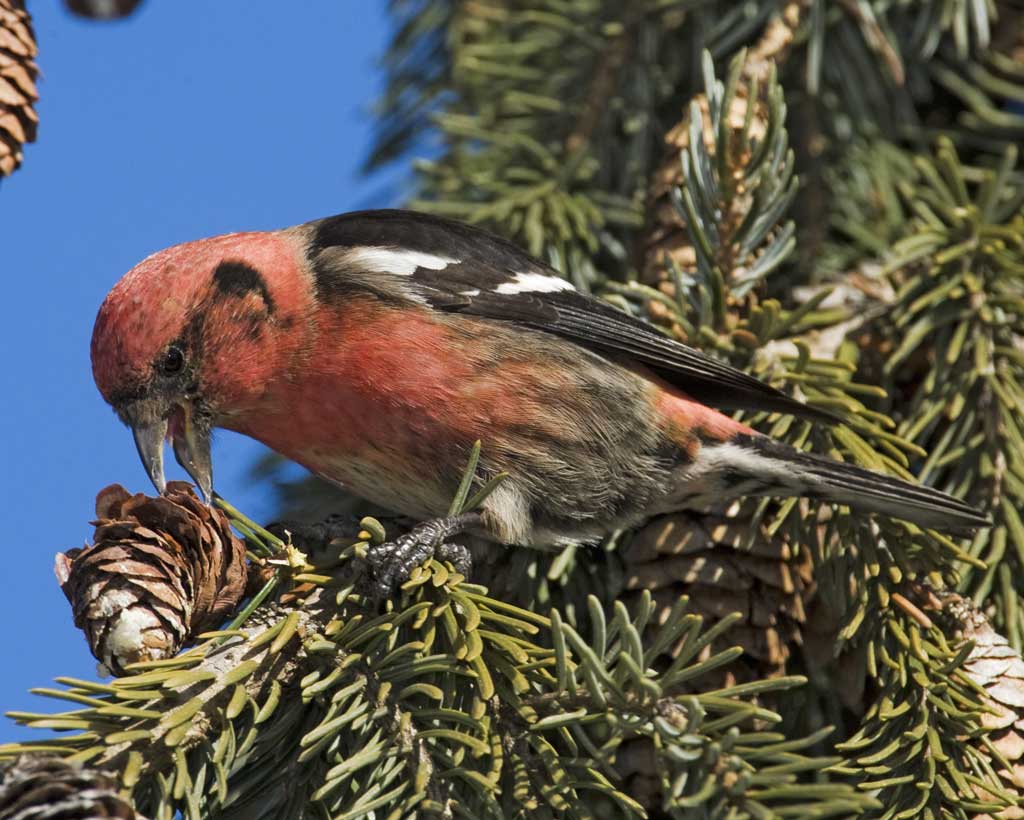
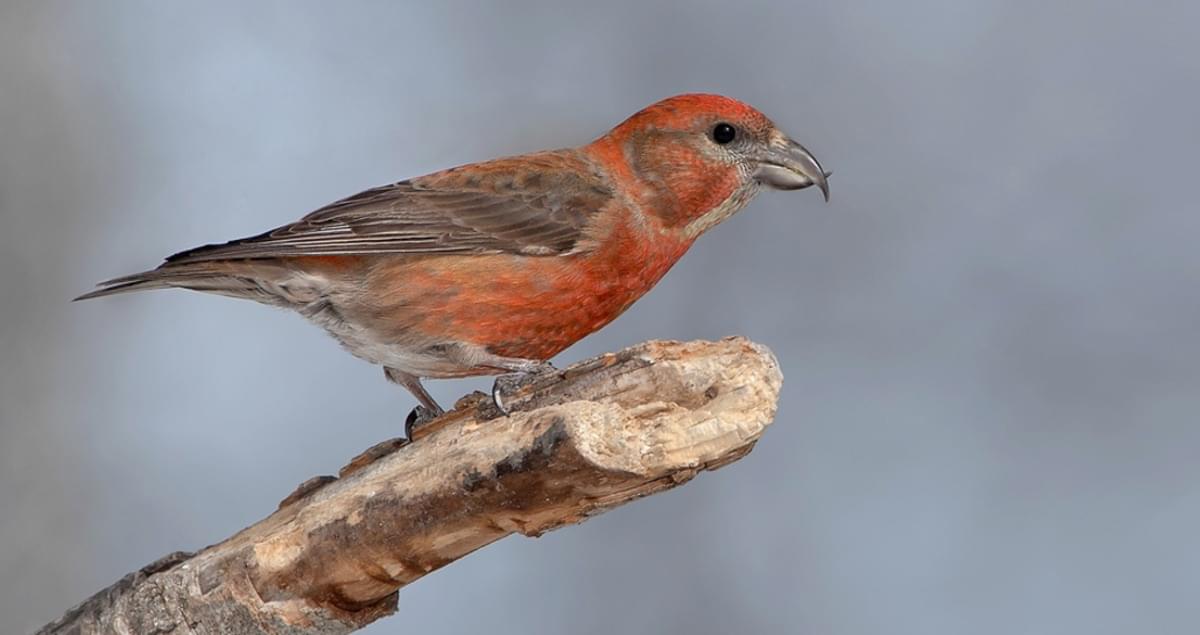
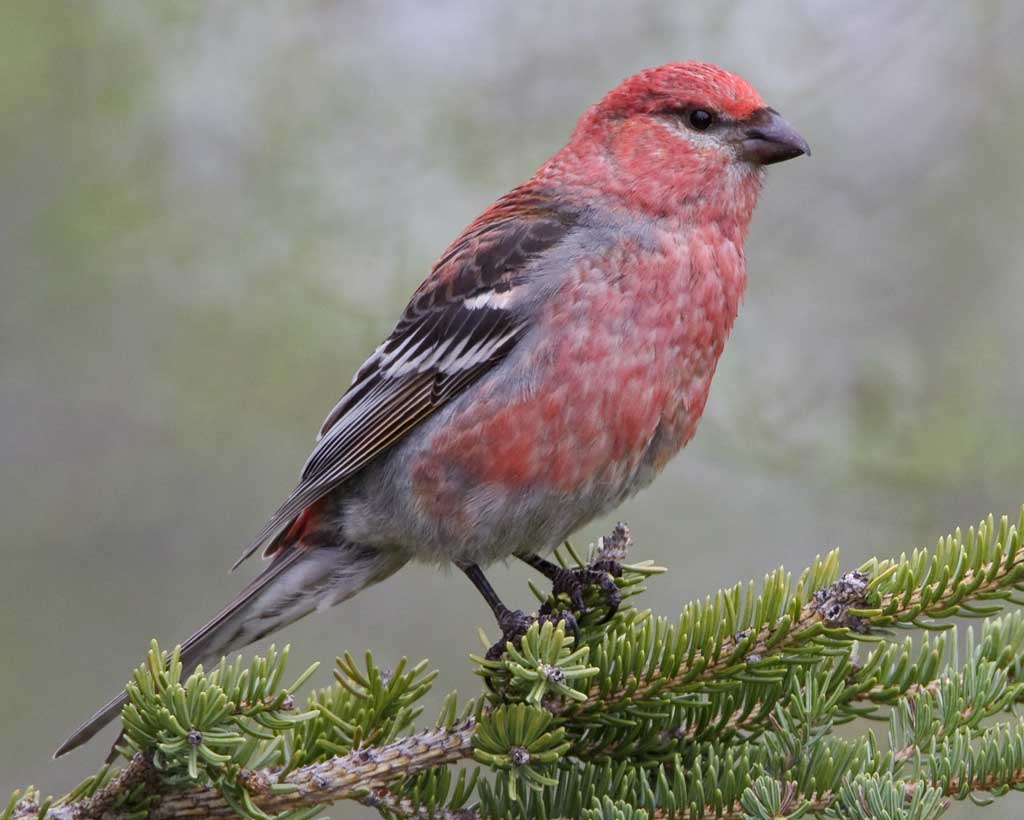
This movement is called an “Irruption” and it is very unusual for this many species of birds to come our way at the same time. The Pine Siskin, the Red-breasted Nuthatch, and the Purple Finch have been seen throughout the state. The Common Redpoll has been seen along the Atlantic seaboard, specifically at Sunset Park in Ocean City. Both Crossbills have been seen in Western Maryland along with the Pine Grosbeak. The Evening Grosbeak has been seen throughout the state, not only in locations where you would expect them, but also at backyard bird feeders.
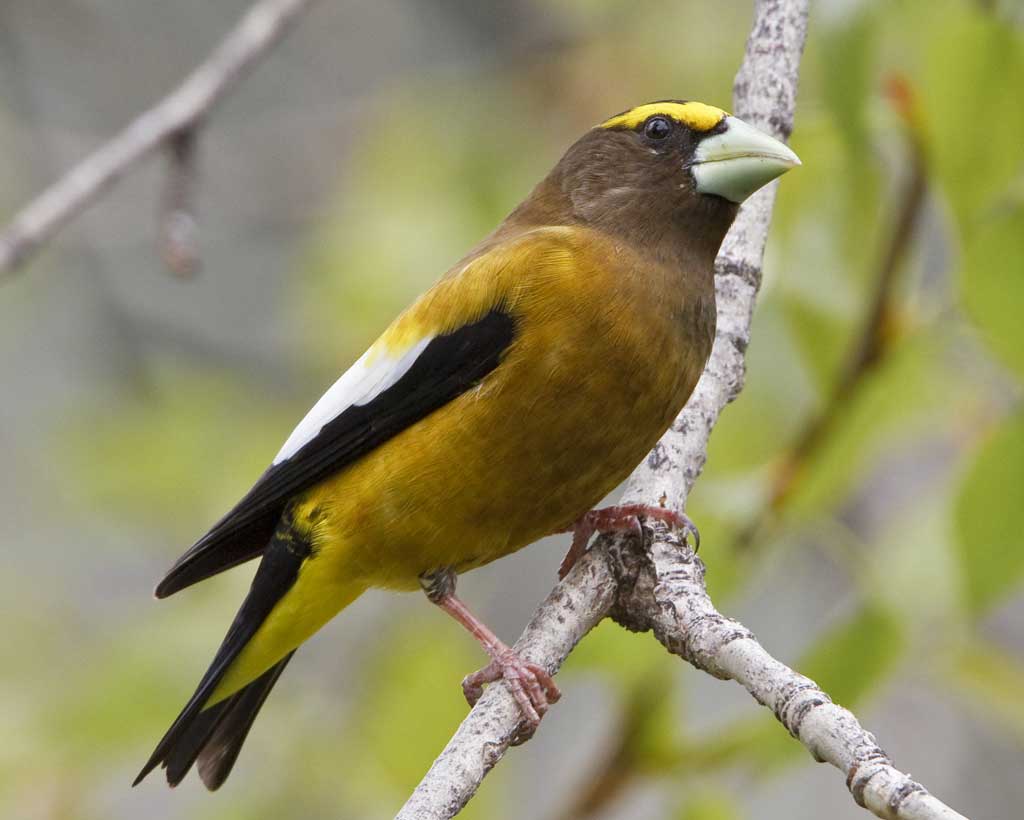
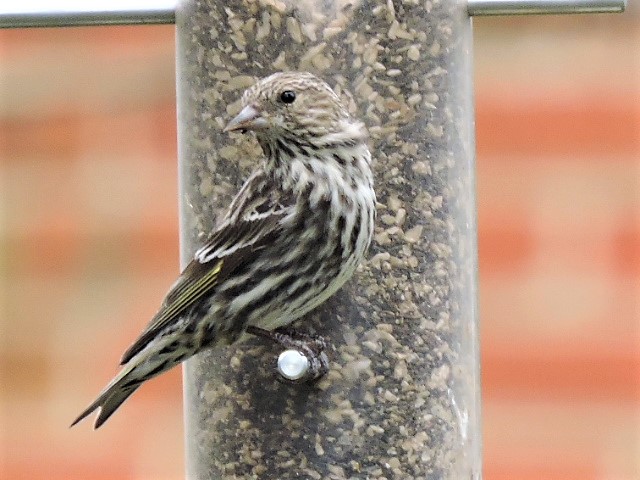
If you feed the birds, you may be able to attract some of these birds with a combination of tube type feeders, platform feeders, mesh feeders and “hopper” feeders. Use Nyjer seed or a 50/50 mix of Nyjer and fine Sunflower Chips in a Nyjer tube feeder to attract not only, American Goldfinches, but the Pine Siskin as well. Use Black Oil Sunflower or Striped Sunflower or Sunflower Chips or a combination of sunflower in the shell and out of the shell in a platform or “hopper” or a tube feeder to attract Evening Grosbeaks and Purple Finches and Red-breasted Nuthatches. Use Peanut Splits (peanuts out of the shell) in a mesh feeder to attract Red-breasted Nuthatches. Experts at wild bird stores like The Backyard Naturalist in Olney, MD where I work can help you with methods for displaying these feeders and the best way to set them up to avoid feeding the squirrels. In the birding world, this is an unusual opportunity to see birds in your backyard or even in the field that you might not ever get to see again in your lifetime.
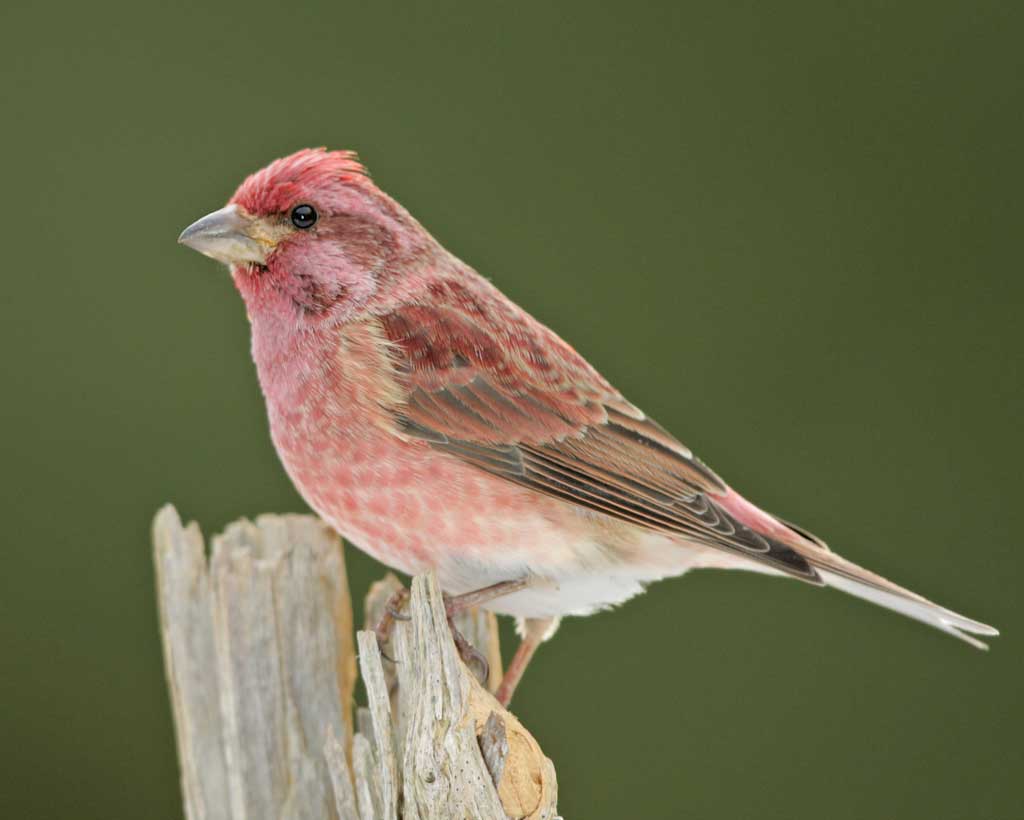
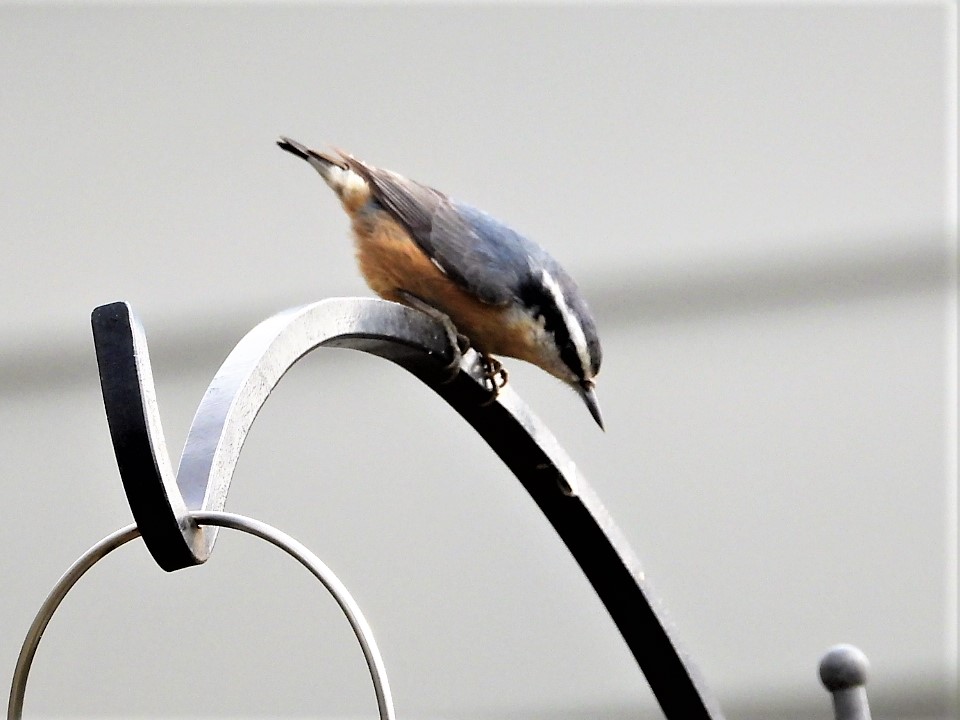
Even if you don’t make it out into the field, keep a close eye on your feeders. You might get a treat.
